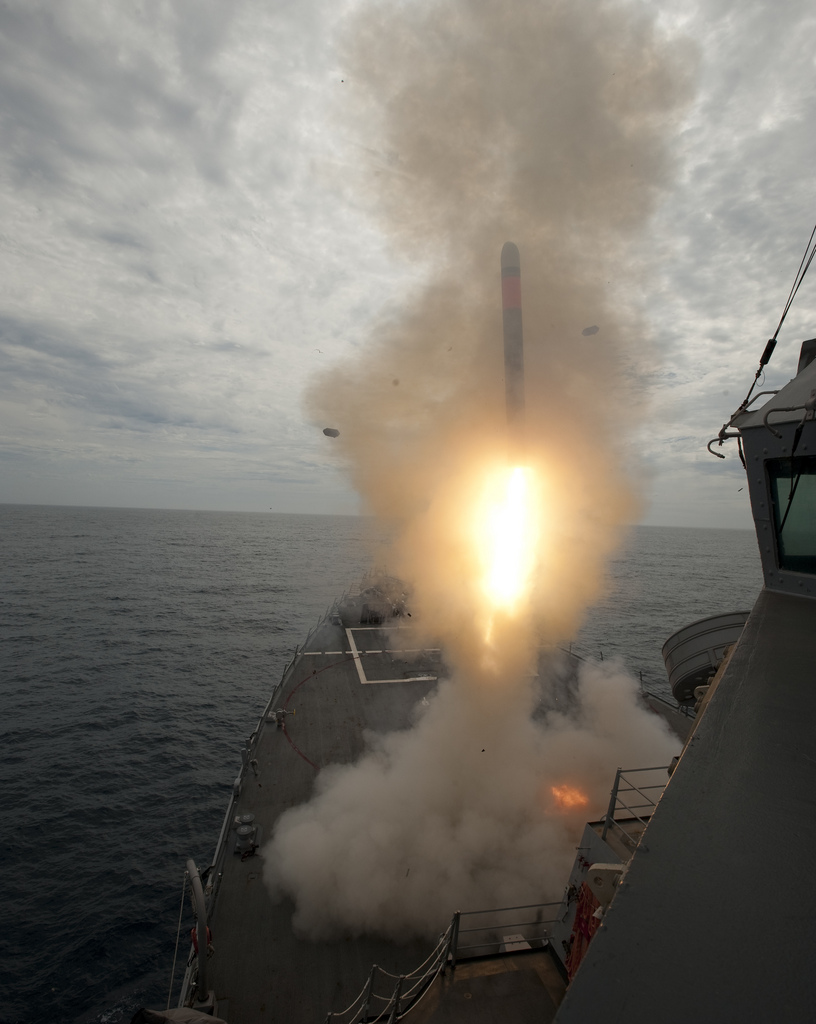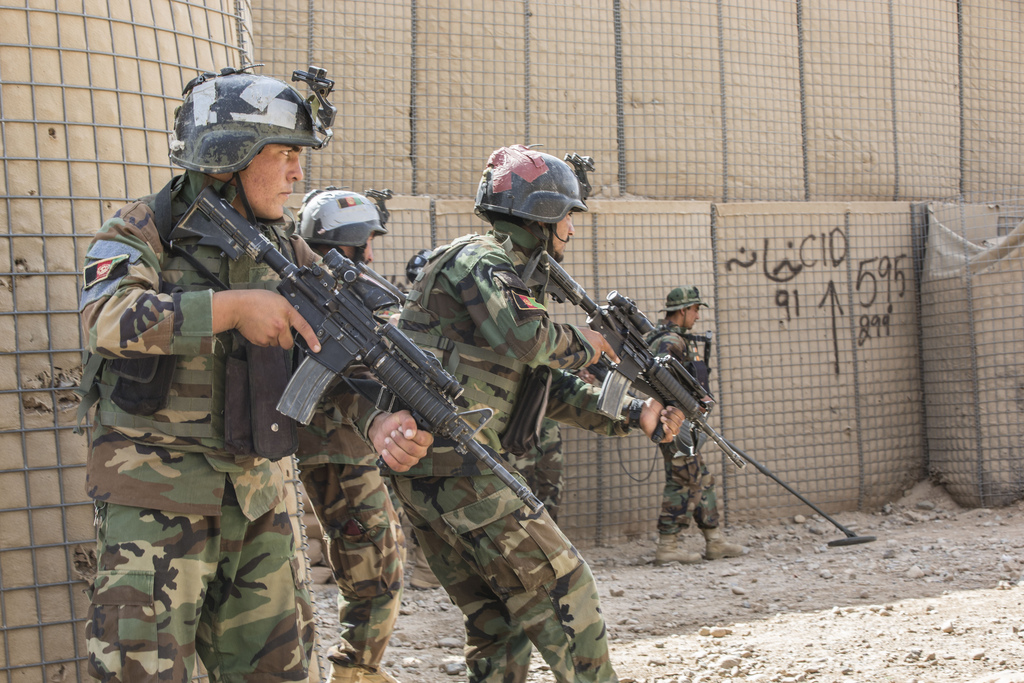
For the last 20 years Al-Qaeda has enjoyed the status of being one of the most feared terrorist organizations in the world, as well as being one of the top enemies of the United States of America. However, it appears that the tides are changing as Al-Qaeda is losing some of its status to the newer ISIS formations. In response, the Al-Qaeda in Arabian Peninsula, announced that it was preparing to establish an Islamic emirate in the eastern Hadramawt Province of Yemen. In addition Jabhat al-Nusra, another Al-Qaeda affiliate, announced that it would also be establishing an Islamic emirate in the rebel-held territories of Aleppo in Syria.
This shift can be seen throughout various spheres of influence. For starters, the ISIS has seen a rise in their appearance on the front pages of western newspapers and other media forums, and the US Government has continuously moved them higher up on the rank of their priorities. We seem to be hearing less and less of Al-Qaeda, and this can especially be seen this month as the anniversary of 9/11 serves to make Al-Qaeda look even more like a threat of the past.
As far as resources goes, Al-Qaeda-controlled valuable territory is minimal compared to that of the ISIS. Al-Qaeda only partially controls small territories in remote, mountainous regions of the poorest countries in the world (like Yemen), and they are also waging an expensive insurgency war and do not seem to have a stable income. In comparison, the ISIS’s territory reaches the oil-rich lands of the Middle East and they are operating not only as an army, but also as a government. They are exporting oil and extracting tax from the local population, which constantly increases their budget for future operations.
Previously, Yemen, where Al-Qaeda reigns, was considered the prime location for foreign fighters; however, now potential foreign fighters predominately make their way to Syria to join ISIS. My research showed that even though many people consider Usama Bin Ladin the hero who revived the notion of jihad, they still choose not to join Al-Qaida. A foreign fighter interviewed in Syria, praised Bin Laden saying, “Jihad returned thanks to Allah and thanks to Bin Ladin”, but he still chose to make the dangerous trip from Saudi Arabia to Syria to join ISIS, instead of simply crossing the border to Yemen to join Al-Qaeda. And for domestic labor market, survey of Syrian Islamist fighters in Syria (mostly fighters from Ahrar Al-Sham and Al-Nusra) shows that future fighters join a particular group because it has better resources, better training and better support services, but not for any particular ideological reasons. And my recent field work in Yemen shows that even there ISIS is becoming more and more popular.
So what could be the possible consequences of such competition throughout various terrorist organizations?
Like any other industry, both organizations could simply merge and become even more powerful. This would produce an extremely dangerous situation, but fortunately this is highly unlikely since Al-Qaeda disavowed any ties with ISIS last February and Al-Nusra, an Al-Qaeda affiliate, is still fighting ISIS in Syria.
Another possible option for Al-Qaeda is to try regain its previous title and win at least “part of the market” back. And in April of 2014 Al-Qaeda started moving this direction with a media campaign to show the world that they were still alive and ready for operations, releasing a video of their demonstration/rally in the remote part of southern Yemen.
The only way for Al-Qaeda to get back to the top of the list of terrorist organizations would be to outbid ISIS on its own field (excessive brutality), to prove that they are still the reigning terrorist organization. This does, unfortunately, look to be the plan of the Al-Qaeda. Although they have co-existed with the Yemen government for years, this “peace” however was shattered on August 9th in the southern Yemeni province of Hadramawt, when fourteen military personnel were brutally slaughtered for no reason. A group of armed men stopped and boarded a civilian bus, identified the military personnel, and proceeded to slit their throats. Following in the ISIS traditions, the armed men identified themselves as Al-Qaeda in Arabian Peninsula, videotaped the mass slaughter and published it online.
Although it is hard to predict the future, evidence would suggest that we can expect to see even more brutality in Middle Eastern conflict while Al-Qaeda tries to regain its title. And after the last incident in Hadramawt, Yemeni government pressed Al-Qaeda to look for a “refuge” in other Middle Eastern countries, like Syria and Iraq, the current strongholds of the ISIS. Therefore, the return of Al-Qaeda to the top of the list of terrorist organizations, an extremely violent scenario, is possible.
UPDATE (9/24/14, 10:54 am EST): This post initially stated that al-Qaeda holds territory in Yemen, Sudan, and Somalia. The listing of Sudan and Somalia were the result of an editing error and have been removed.








0 comments